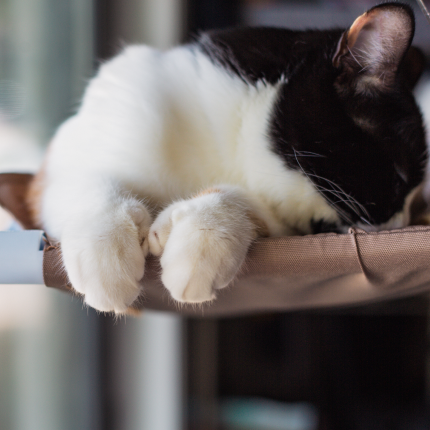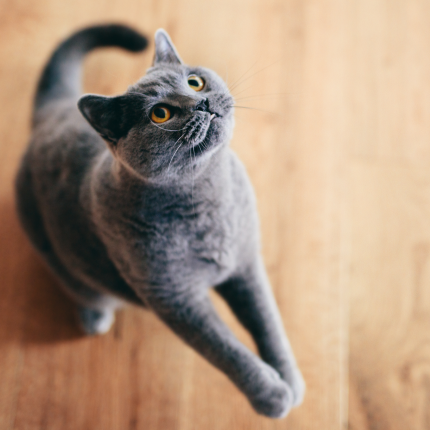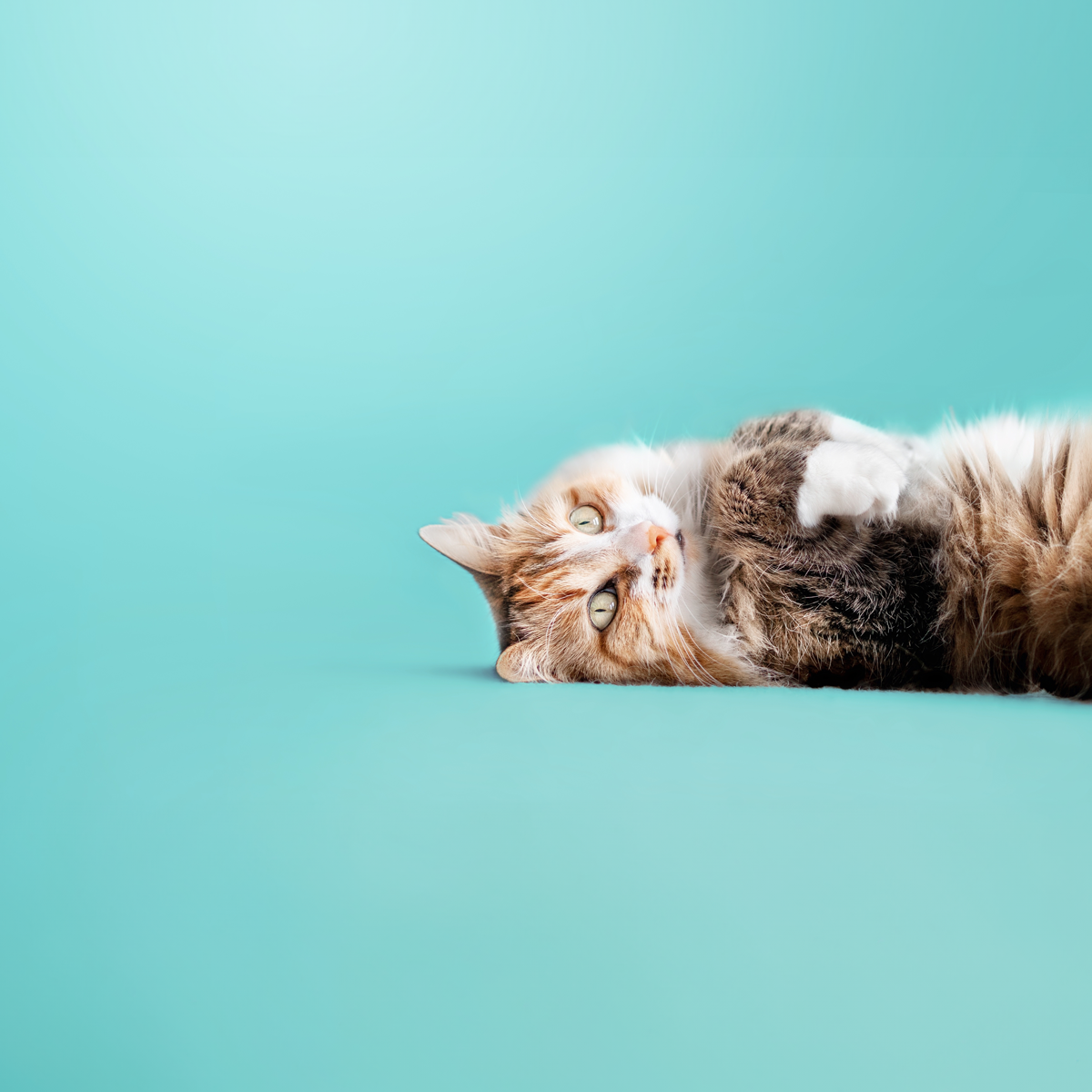How Risky is Raw Cat Food?

The U.S. Food and Drug Administration (FDA) has issued a warning to cat owners after a case of H5N1 avian influenza (bird flu) was linked to a raw chicken-based cat food. While no human illnesses have been reported, this incident highlights an important health concern for pets, especially cats fed raw diets.
advertisement
What Happened?
A cat became sick and was later euthanized after eating a raw chicken cat food product. Testing by local health officials found the H5N1 virus in an open package of the same food the cat had eaten. Further testing by federal laboratories confirmed that the virus found in the cat and in the food was genetically related. This suggested the food was the likely source of infection.
The affected product was sold nationwide in resealable bags and sliders, with future sell-by dates. Even though the company removed the affected lots from the market as a precaution, the FDA is urging pet owners to be cautious with raw poultry-based diets.
Why This Matters for Cat Owners
Cats can become seriously ill from H5N1, especially if they eat contaminated raw meat or poultry. In previous cases, bird flu infections in cats have been linked to raw pet food and even raw milk. Because raw pet foods are not cooked, viruses like H5N1 are not destroyed during processing, making contamination a real concern.
The FDA has also noted that this particular virus strain, genotype B3.13, has been previously detected in raw cat food. It has also been linked to multiple cat illnesses and deaths.
Is There a Risk to People?
So far, no human illnesses have been linked to this specific incident. However, anytime a virus like H5N1 enters the home through contaminated food, there is potential for exposure, especially if people handle raw food without proper hygiene.
What You Should Do If You Feed Raw Diets
If you currently feed your cat raw food, especially raw chicken, this is a good time to take extra precautions. Here are some steps you can take:
- Check your cat’s food: Verify lot numbers, expiration dates, and whether the product has been subject to any recent alerts or removals.
- Consider switching temporarily: Talk to your veterinarian about switching to a cooked or commercially processed diet while more information becomes available.
- Handle raw food carefully: Wash hands, bowls, and surfaces thoroughly after handling raw pet food.
- Watch your cat for symptoms: Signs of infection may include fever, lethargy, difficulty breathing, neurological symptoms (such as tremors or seizures), eye or nasal discharge, or not eating. If you notice these signs and your cat eats raw food, contact your vet immediately.
- Stay informed: Follow FDA and veterinary updates about pet food safety and avian influenza.
Why Raw Pet Food Carries Extra Risk
Unlike traditional pet food, raw diets don’t undergo heat treatment to kill harmful pathogens. That means bacteria, and in rare cases, viruses like H5N1, can survive in the food. The FDA now considers avian influenza a “foreseeable hazard” for pet foods made with uncooked poultry. This has prompted manufacturers to include it in their safety plans.
advertisement
The Bottom Line
Raw diets for cats are popular, but they aren’t without risk. This recent case is a reminder that feeding uncooked animal products can expose cats to dangerous infections. If you choose to feed raw, do so carefully and stay alert for FDA updates.
If your cat becomes sick after eating raw food or if you suspect exposure to contaminated pet food, contact your veterinarian right away.

Featured Articles

Polydactyl Cats: Just More Beans to Love
Polydactyl cats have become extremely popular in recent times. As a result, more and more people are interested in learning more about this six-toed cat and want to get one of their own. If you are a cat lover intrigued by polydactyl cats, you have come to the right place….

Greebles and Cats: The Origin and the Meaning
You may have seen an internet sensation concerning cats labeled “greebles.” Feel out of the loop? We’re here to help you. In 2019, Reddit user /user/literallyatree commented on a Reddit post about a cat that looks like it’s trying to slap a ghost. This user commented: “My family calls things…

Why Do Cats Roll Over Into Their Backs But Not Let You Touch Their Bellies?
It’s common knowledge dogs love to have their tummies rubbed when they freely lay down before you and roll onto their backs. But, if you’re also familiar with cats, you know that when they roll onto their backs with their bellies exposed, rubbing the belly will most likely result in…